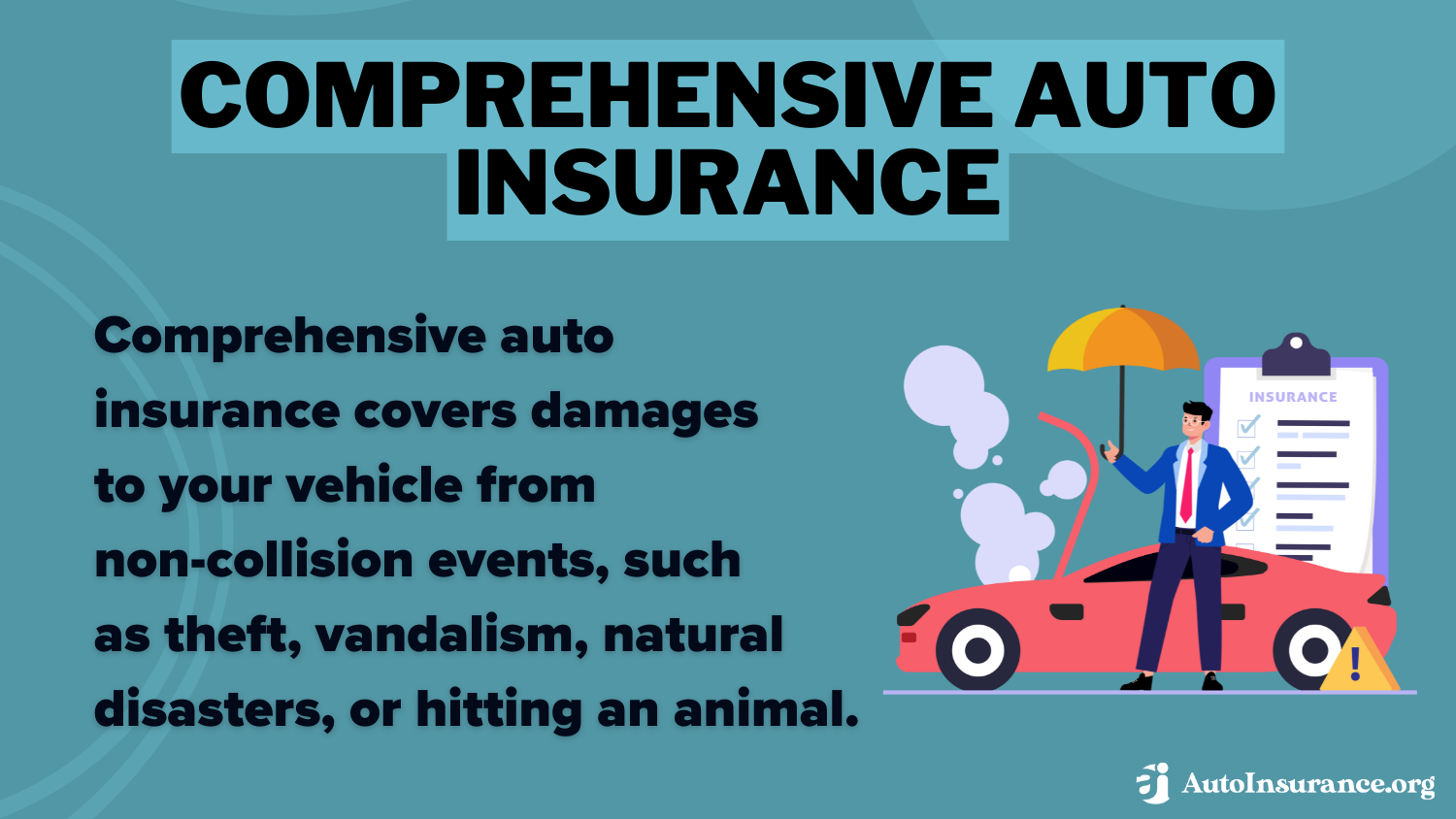Auto insurance is an essential aspect of sound vehicle management, providing financial protection against a range of risks that drivers encounter on the road. For many, navigating the landscape of auto insurance can be challenging, with a wide range of options, coverage types, and terms that might look complex at first. Understanding the essentials of car insurance is crucial not only for adherence with legal requirements but also for shielding your finances in the event of an accident or harm to your vehicle.
As a driver, being informed about car insurance assists you make wiser decisions about the coverage you require. From liability and collision coverage to understanding deductibles and premiums, there are multiple factors that influence your insurance situation. This article seeks to break down the essential elements of car insurance, helping you comprehend what every driver should know to ensure they are properly protected while on the road.
Types of Car Insurance
You can find various types of car insurance plans available, each tailored to satisfy different needs and preferences of drivers. Among the most prevalent types is liability insurance, that is obligatory in most states. This type of insurance pays for the harm and damage inflicted on others in an accident where you are at fault. It typically features bodily injury liability and property damage liability, protecting you against financial loss from claims made by others.

A widely favored type is comprehensive coverage, designed to shield your vehicle against non-collision-related incidents. It encompasses theft, vandalism, natural disasters, and hitting an animal. Comprehensive insurance is particularly important for those who live in areas prone to such risks or for drivers with newer, luxury vehicles. very cheap car insurance no deposit texas provides confidence knowing that you are covered not just for accidents on the road but for unexpected situations as well.
Collision insurance is an additional essential component of many drivers' auto insurance coverages. This coverage pays for damages to your vehicle resulting from a collision with another vehicle or object, regardless of who is at fault. If you are financing or leasing your car, collision coverage is usually mandated by creditors. Combined, these types of coverage help ensure that you are financially protected in various driving scenarios, giving you the confidence to hit the road.
Factors Determining Premiums
Many key aspects influence the premiums that vehicular operators pay for car insurance. One major factor is the operator's age and history behind the wheel. Typically, younger drivers or those with fewer years of driving tend to face increased premiums due to their higher likelihood of collisions. Insurers often view older, more seasoned drivers as more reliable behind the wheel, which can lead to reduced costs.
The type of vehicle also holds a significant role in influencing insurance costs. Automobiles that are costlier to fix or replace usually come with higher rates. Additionally, cars with enhanced safety features may be eligible for reduced costs, as they are seen as less likely to be associated with severe accidents. Insurers will also take into account the potential for being stolen or the automobile's safety scores.
Another crucial aspect is the motorist's claims history and financial rating. A track record of former claims can indicate to insurers that a driver is at higher risk, resulting in elevated premiums. In the same way, a person's financial score can impact premiums, as insurers often use it as a indicator of creditworthiness. Increased credit scores may result in lower premiums, while lower scores could indicate increased rates for auto insurance.
How to Choose a Right Policy
Picking a right car insurance policy starts with understanding your individual needs as a driver. Take into account factors such as your driving habits, your type of vehicle you own, and your budget. If you drive a modern car, you may want a policy with extensive coverage to protect against loss or damage. On the other hand, if your car is older, minimum liability coverage may be enough. It's crucial to evaluate how much coverage you need based on your risk tolerance and lifestyle.
Next, shop around and compare quotes from different providers. Insurance companies often have varying rates for the same coverage, so investing time in gather multiple quotes can result in substantial savings. Consider beyond just the price; assess the company’s standing, customer service, and claims process. Looking at reviews and asking friends or family about their encounters can give understanding into which insurers are dependable and offer comprehensive support.
Finally, understand the terms and conditions of each policy before finalizing a decision. Focus on the deductibles, coverage limits, and any exclusions that may apply. Don't hesitate to contact insurance agents for clarification on any points you find confusing. The goal is to make sure you find a policy that not only suits your budget but also gives you peace of mind while on the road.
